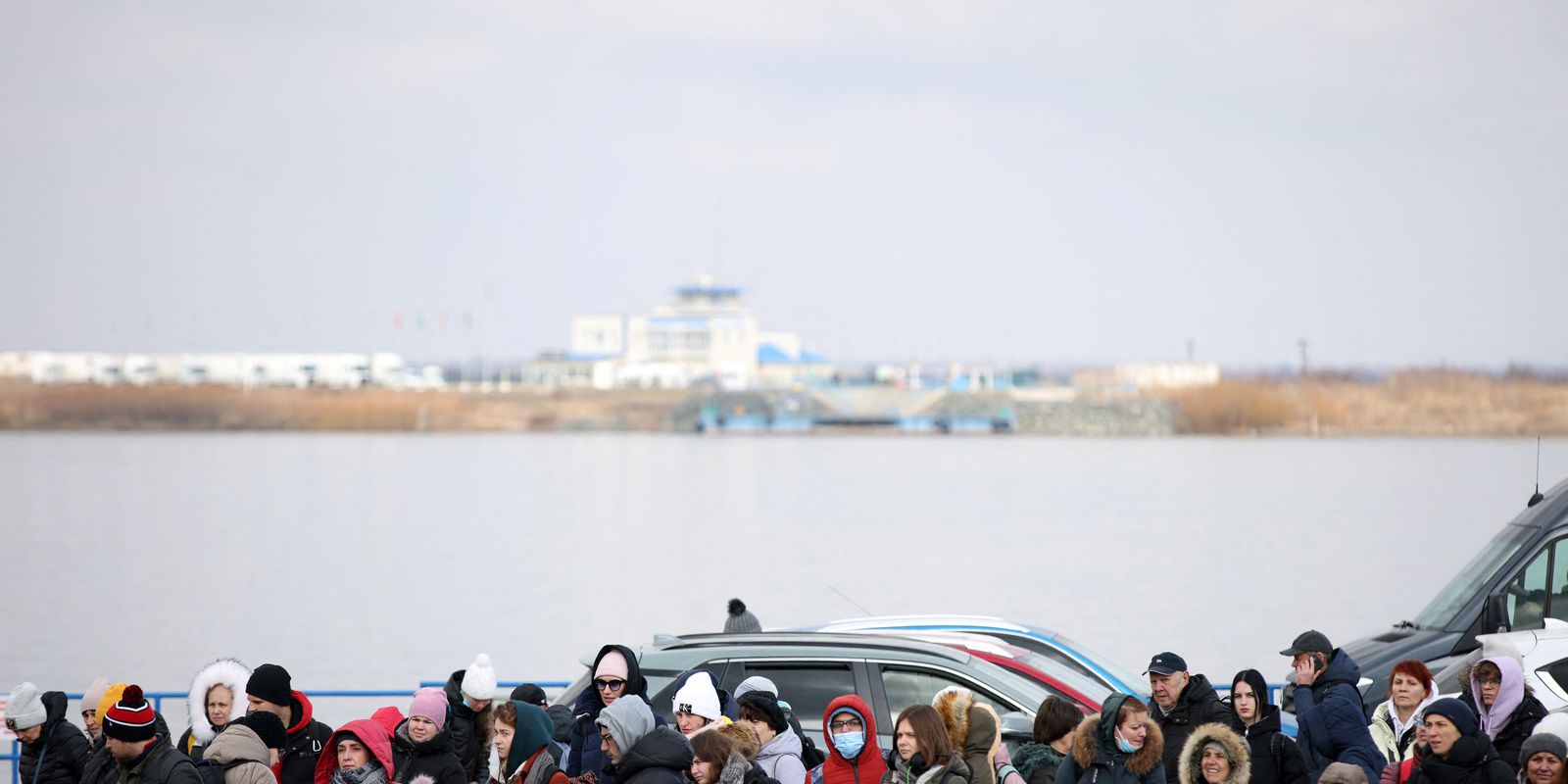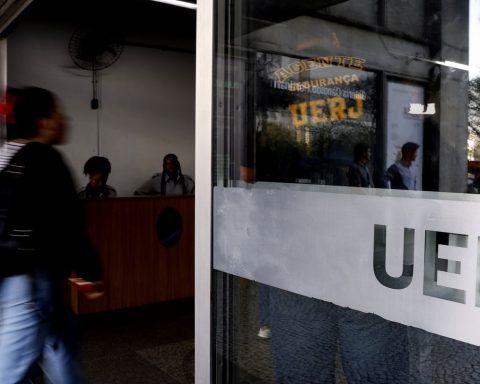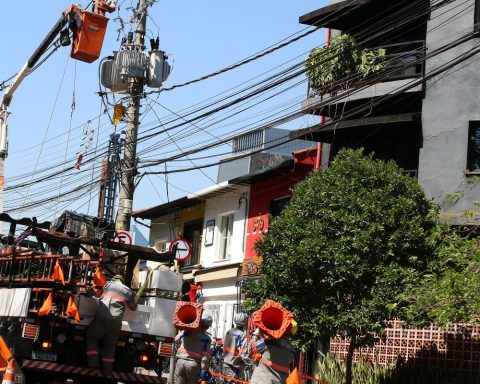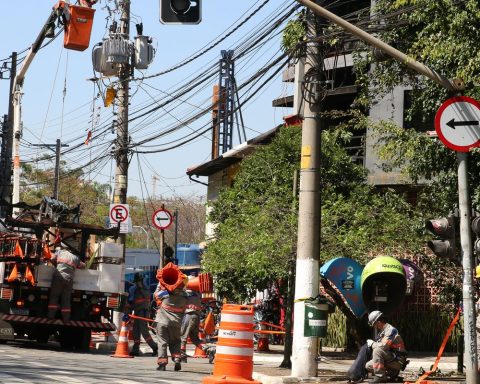The global displacement of people forced to leave their homes has reached a new record in the last decade, which shows a growing trend each year. According to the report Global Trends – Forced Displacement in 2021, released by the United Nations (UN) Agency for Refugees (UNHCR), the number of people who have had to leave their homes is at the highest level since it began to be registered. “A trend that can only be reversed by a new and concerted effort in favor of peace”, indicated the UNHCR.
The report, released today (16) in a partnership between UNHCR and Sesc Rio, pointed out that the number of people displaced by war, violence, persecution and human rights abuses reached 89.3 million people at the end of 2021, which represents growth of 8% in relation to the previous year and more than double that of 10 years ago.
According to UNHCR, Russia’s war against Ukraine “caused the fastest and one of the biggest crises of forced displacement of people since the Second World War”. The number was further bolstered by other humanitarian emergencies, from Africa to Afghanistan, which led to the dramatic 100 million people mark in May 2022.
“Either the international community unites to face this human tragedy, resolve conflicts and find lasting solutions, or this terrible trend will continue,” warned UN High Commissioner for Refugees Filippo Grandi.
According to data from the World Bank, there was an intensification of conflicts in 23 countries, with an estimated population of 850 million people, which faced medium or high intensity clashes in the last year.
People’s deprivation has also been impacted by food shortages, inflation and the climate crisis and calls for “a greater humanitarian response at a time when funding projections for many of these situations look bleak”.
refugees
The number of refugees grew to 27.1 million in 2021 and arrivals increased significantly in Uganda, Chad and Sudan, among other countries. The report pointed out that most of these people, once again, were taken in by neighboring countries with few resources. “The number of applicants for recognition of refugee status reached 4.6 million (an increase of 11%),” he added.
The year 2021 also recorded the 15th consecutive annual growth in the number of people displaced within their own countries, which reached 53.2 million people. According to UNHCR, the rise was caused by increasing violence or conflicts in different places, such as Myanmar.
“The conflict in Tigray and other regions of Ethiopia has led to the displacement of millions of people within the country. Insurgents in the Sahel have caused new waves of forced displacement, particularly in Burkina Faso and Chad,” he said.
The report further assessed that the speed and volume of displacement has been greater than the availability of solutions for displaced people, such as return to their homes, resettlement and local integration. Despite this, the Global Trends – Forced Displacement 2021 study showed some signs of hope.
According to High Commissioner Filippo Grandi, while new and dire refugee situations are noted alongside existing ones, which remain active and unresolved, there are also examples of countries and communities working together to find solutions for displaced people.
“This has been happening in specific places – such as regional cooperation for the repatriation of Ivorians – and these important decisions need to be replicated and scaled up everywhere,” he said.
Another sign of hope is related to the number of stateless people. Although it grew discreetly in 2021, around 81,200 of them gained or confirmed nationality, “setting up the biggest reduction in stateless persons cases since UNHCR started the #IBelong campaign. [#EuPertenço] in 2014″.
The Global Trends report is released at the same time as the Global Report, which provides information on UNHCR’s programs of activities to respond to the needs of all people forced to relocate, as well as the world’s population recognized as stateless.
















